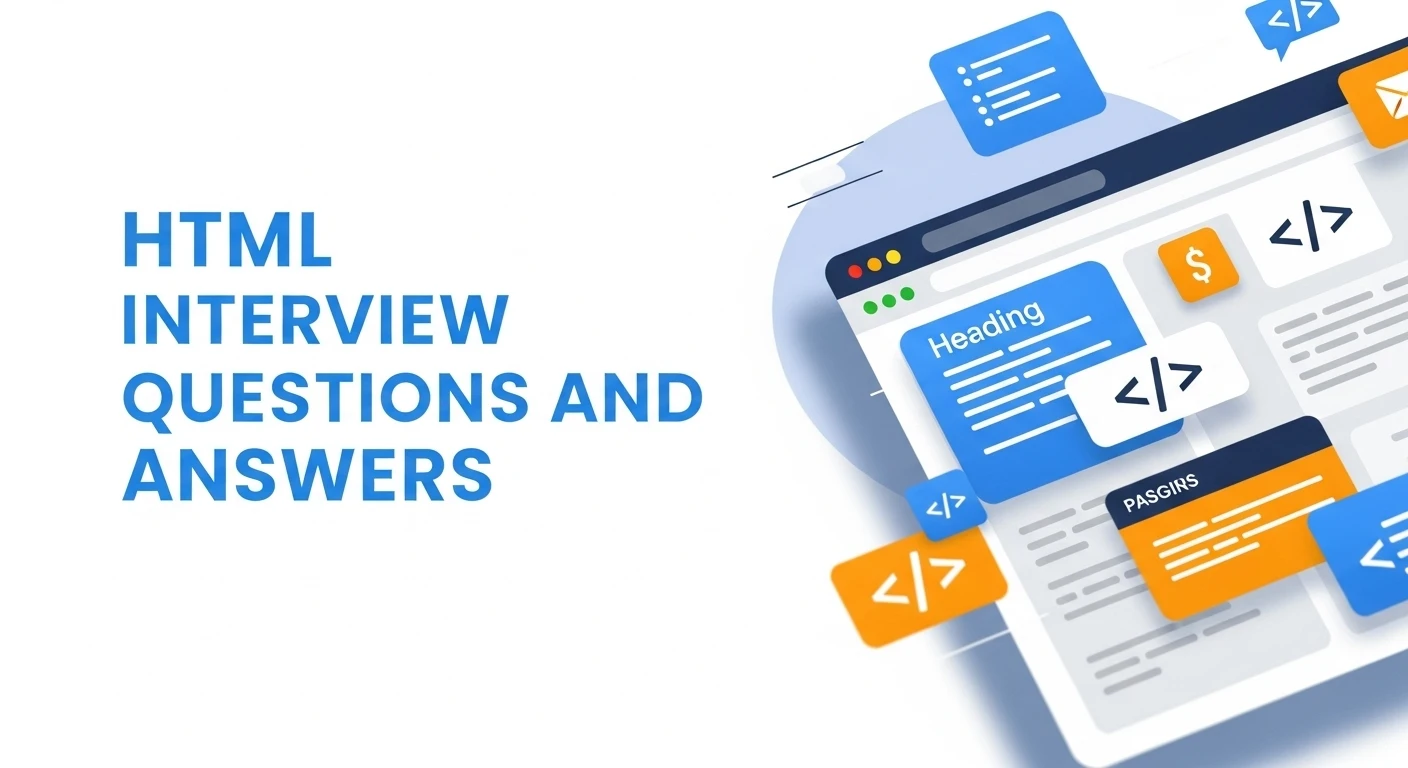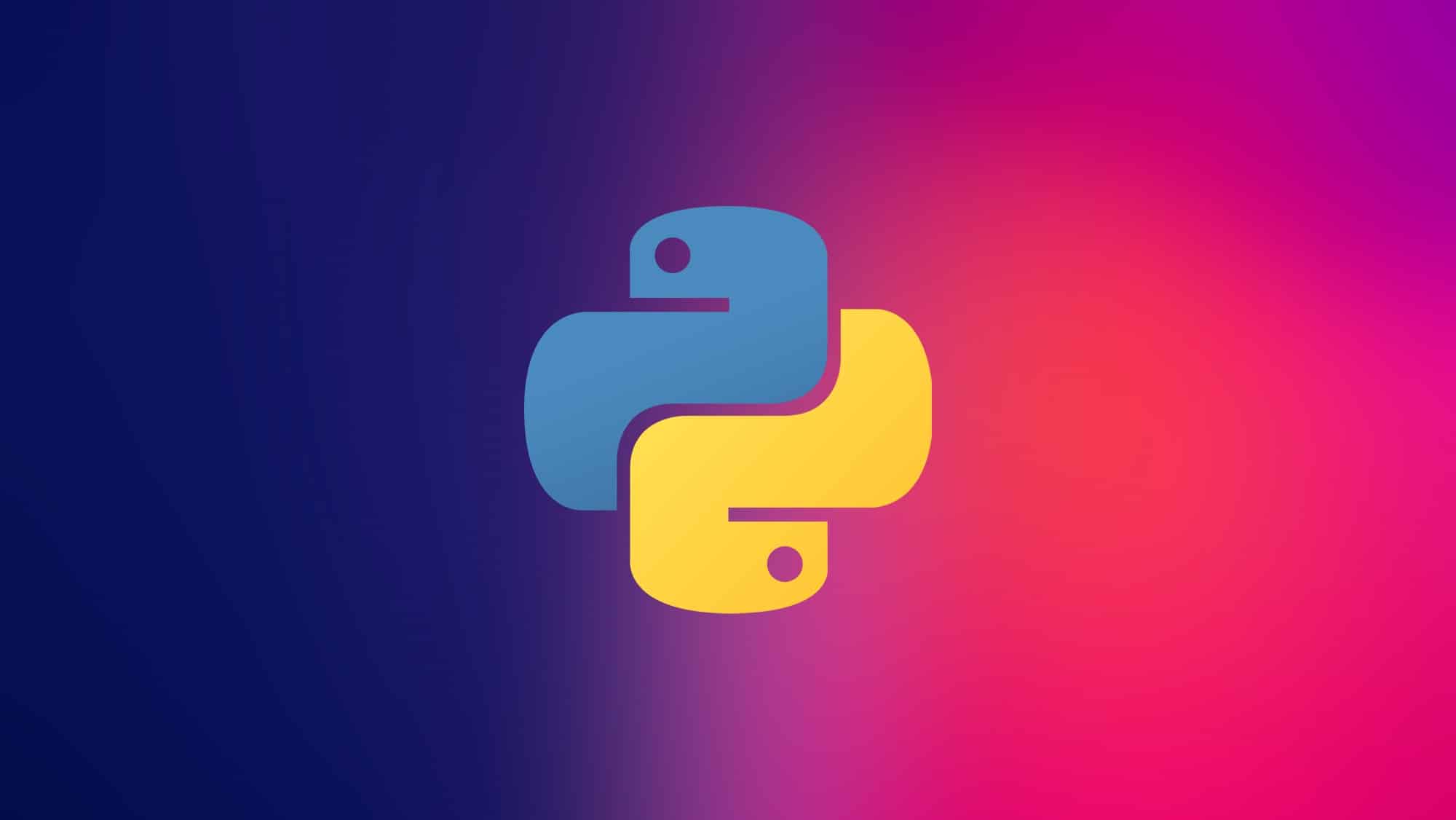A backend developer is someone who writes code that powers the back end of a website or application. The back end is the behind-the-scenes portion of a website or application where data is stored and processed. In this blog, we'll learn more about the roles and responsibilities of a backend developer, backend developer skills, job description, and more.
Let's get started!
Full Stack Development Course By UT Austin
Become a full stack developer with UT Austin's 28-week program. Learn full stack development with React, Node, SQL & MongoDB.
Introduction
Server-side development is also known as backend development. All the work that the user doesn't need to know is called server-side or backend development. It mainly focuses on the action or work-related with DB or the logic needed when the user performs an action on the website. It helps to improve the user experience by providing them with ease of use. This is the reason why it is called backend.
This blog helps you to understand how to become a back-end developer, what are its roles and responsibilities, salary, and many more.
Who is a backend developer?
A backend developer works with the people in the team to find the problem and create a solution to improve the backend application. A backend developer must use their understanding of different programming languages and available IDEs to understand and learn the current developments in codes and industries to create more efficient solutions.
Efficient communication and project management skills are important for a backend developer to create a better solution or a program for a better user experience. Good knowledge of backend systems and motivation to learn by yourself is always a pro for a backend developer.
Backend developer job description
- Incorporate and examine information, process, and codes to investigate issues and recognize regions for development.
- Working with front-end engineers and colleagues to build up to goals and plan more functional, strong codes to improve the client experience.
- Observing industry advancements and patterns creates thoughts for new projects, items, or features.
- Recording information and detailing it to legitimate parties, like customers or authority.
- Taking an interest in proceeding with education and preparing to stay current on best coding practices, learn new programming languages, and help other colleagues.
- Taking the lead on projects, depending on the situation.
Roles and responsibilities of a backend developer:
Responsibilities:
- Partake in the whole application lifecycle, most importantly in coding and finding the bugs.
- Compose clean code to develop the most useful web applications.
- Investigate and troubleshoot applications.
- Performing UI tests to enhance execution.
- Oversee state-of-the-art tech to develop the best applications further.
- Team up with Front-end engineers to incorporate client using components with server-side logic.
- Accumulate and address tech and design necessities.
- Give proper training and support to inward teams.
- Construct reusable code and libraries for future purposes.
- Liaise with engineers, architects, and system administrators to distinguish new components.
- Follow new and emerging cutting-edge innovations.
Requirements
- Demonstrated work experience being a Back-end engineer.
- Inside and out comprehension of the whole web advancement process (plan, improvement, and deployment).
- Hands-on experience with programming languages like Java, Ruby, PHP & Python.
- Working experience on frameworks like CMS.
- Knowledge of languages used for front-end like, for example, HTML, JavaScript & CSS.
- Great scientific and time managing abilities.
- Cooperation and teamwork skills with a critical problem-solving demeanor.
- BSc degree in Computer Science or its relevant field.
Backend developer salary trends in India/US
The average salary for a backend developer in the US falls within the range of 123,000 - 164,000 dollars based on the location. The area offering its backend engineers the most significant compensation is South Florida Bay Area with $164,000, trailed by New York with $150,665, and Seattle with $147,222.
Chicago is at the lower part of this heap at $123,027. South Florida Bay Area is on the list with the most number of organizations employing backend engineers. SF Bay Area has 612 organizations searching for backend engineers. New York with 368 and Boston with 144 complete the best three.
To start with, the average base compensation of a backend designer in India – is 7.9 lac per annum. The base avg compensation of a backend designer can be up to 17.33 lac for each annum relying upon various elements.
Then again, if you don't have the right insight or got a job in a city that doesn't take care of its backend designer, you could even make as low as 2.33 lac for every annum. Adding your abilities and experience, different factors also have a significant part in deciding your compensation.
Your work area is a vital factor. A city with a few tech organisations workplaces will probably have more open positions and give backend designers more compensation than others. This is why you will see New Delhi and Bangalore doing great in this section. Likewise, New Delhi's figures also include compensations paid to backend designers in Gurgaon, which is a tech center point on its own. That is the reason you will see the normal compensations paid in New Delhi are higher than the public normal.
The normal compensation of a backend designer in New Delhi is around 8.19 lac per annum. The most extreme that you can hope to procure in the public capital is around 21 lac for every annum. If you are in Mumbai, you will be paid around 7.21 lac for each annum, below the public normal.
Nonetheless, if you have the right insight and abilities, you can procure up to 12 lac for each annum. As we told you, Bangalore pays its backend designers more compensation than the public normal – 8.72 lac every year. This can go up to 21 lac for the right developers. Hyderabad, once more, offers compensation that is below the public normal – 7.05 lac for every annum. The most significant compensation you can procure in Hyderabad is around 8.44 lac for each annum.
Backend Developer Skills
If you wish to become a backend developer, it is essential to have certain skills. Depending on your skill set, you can get a job as a backend developer. One needs to have a working knowledge of the following languages and frameworks.
- Python
- Data Structures and Algorithms
- Java
- PHP
- SQL
- Git
- HTML
- CSS
- JavaScript
- Knowledge of APIs
- Communication Skills
- Problem Solving Skills
1. Python
A widely-used programming language, Python is easy to learn for beginners and has many modules and libraries that allow for robust programming. It is popular for web development, scientific computing, data analysis, artificial intelligence, etc. Python is a versatile language that you can use on the backend, frontend, or full stack of a web application.
2. Java
A versatile programming language that enables backend developers to create high-performance applications. Java is platform-independent, meaning that it can run on any operating system, and is widely used in various settings, from small-scale application development to large-scale enterprise projects.
Java is an object-oriented language, meaning that it enables developers to create modular, reusable code.
Java is also a statically typed language, which means that variables must be declared before they can be used. This can help in preventing errors and improving code quality. Java is known for its ease of use and its rich set of libraries. The Java Development Kit (JDK) provides everything a developer needs to get started with Java, including a compiler, a debugger, and a wide variety of tools.
Despite its power and versatility, Java is a relatively simple language to learn. With its clear syntax and well-defined semantics, Java can be an excellent choice for both beginners and experienced programmers alike.
3. PHP
Useful for creating dynamic web pages. PHP can be embedded into HTML and used to create interactive web applications. It is a server-side scripting language, which means that it is executed on the server before displaying the webpage on the browser.
4. SQL
Structured Query Language or SQL is a standard computer language for accessing and manipulating databases. SQL is used by a wide variety of businesses and organizations, including banking, healthcare, and retail.
It is a declarative language. It describes what data to retrieve from a database but not how to retrieve it. This makes SQL a powerful tool for working with large and complex databases. SQL is also a standardized language, which means that it is consistent across different database systems.
5. Git
A distributed version control system specifically designed to handle small or large projects efficiently, Git has fast performance.
It outclasses SCM tools like Subversion, CVS, Perforce, and ClearCase with features like cheap local branching, convenient staging areas, and multiple workflows.
6. HTML
HTML is the standard markup language. Tags represent HTML elements.
Tags are not visible on the browser, but they provide information about the element to which they are applied. HTML elements have two tags: an opening and a closing tag. The opening tag contains the element's name, and the closing tag contains a slash (/) followed by the element's name.
7. CSS
Cascading Style Sheets, better known as CSS, is a style sheet language used to describe the presentation of a document written in a markup language. It has a collection of rules that tells a web browser how an HTML document should be displayed.
CSS is used to style all HTML tags, such as the document's body, paragraphs, headings, etc. It can be used to style the display of table elements, grid elements, and images. It is a powerful tool for controlling the look and feel of a website. It is easy to learn and use, and it can make a big difference in the way a website looks and works.
8. Javascript
A programming language that enables you to create interactive web pages. When you visit a web page, your browser runs the JavaScript code on the page. Javascript is easy to learn for beginners and has many advanced features for experienced programmers.
9. Knowledge of APIs
A set of programming instructions that allow the software to interact with other software. API enables different applications to share data and functionality, making them more efficient and effective. Developers use APIs to create applications that can be used on a variety of platforms. This allows developers to create more comprehensive and reliable applications.
This enables different applications to share data and functionality, making them more efficient and effective. Developers use APIs to create applications that can be used on a variety of platforms. This allows developers to create more comprehensive and reliable applications.
A day in the life of a backend developer:
This truly relies upon the position you're assigned. Web development, generally, has become such a huge chasm of ranges of abilities that everyday obligations can be quite different.
- To maintain the applications
- Solving the bugs
- Offering any kind of technical advice
- Collaborating and teaching with teammates
By the day's end, the more different your abilities are, the more thrilling your days will be. If you center around one specific tech, you will rapidly wind up where you're just equipped for taking care of one specific arrangement of issues. In a college climate, this has specifically terrible outcomes as a result of the plenty of issues that happen consistently. Yet, much more than that, web engineers need to battle against becoming immaterial and obsolete.
How to become a backend developer?
Since you have a smart thought of what you ought to learn, the following stage is to begin learning. There are a lot of YouTube recordings and well-known online journals to allude to when you are learning. Yet, the main way you will get a handle on backend abilities is the point at which you Learn by Doing.
Just when you construct something all alone, you see how the backend of a web application works. You can do this by chipping away at a few little mini-projects. These are an incredible way of developing your programming abilities and getting involved with backend structures and devices you need to learn. Try not to stand by till you learn sufficient hypotheses prior to beginning a task.
Influence GitHub to gain more from different devs. Study their code and break down how they approached addressing specialized difficulties like your case. Show restraint toward yourself. Bugs in your code make you a superior issue solver. Utilize logical troubleshooting standards to limit your difficulties. Go through what different devs need to say in discussions like Stackoverflow.
What are the advantages of a back-end development course?
- Get a good-paying job and enjoy a steady job in the industry.
- You can start developing serious games and earn a competitive salary.
- you can make a career that would be fun while helping others have fun too.
- You can learn how to develop games for various different platforms.
- You can get yourself ready for a challenging industry.
Conclusion
Are you an aspiring back-end developer? If yes, then we hope that we would have been able to help you out with this blog. If you wish to expedite your learning journey, a well-structured PG in Software Engineering program from IIT-Madras might just be the solution.





